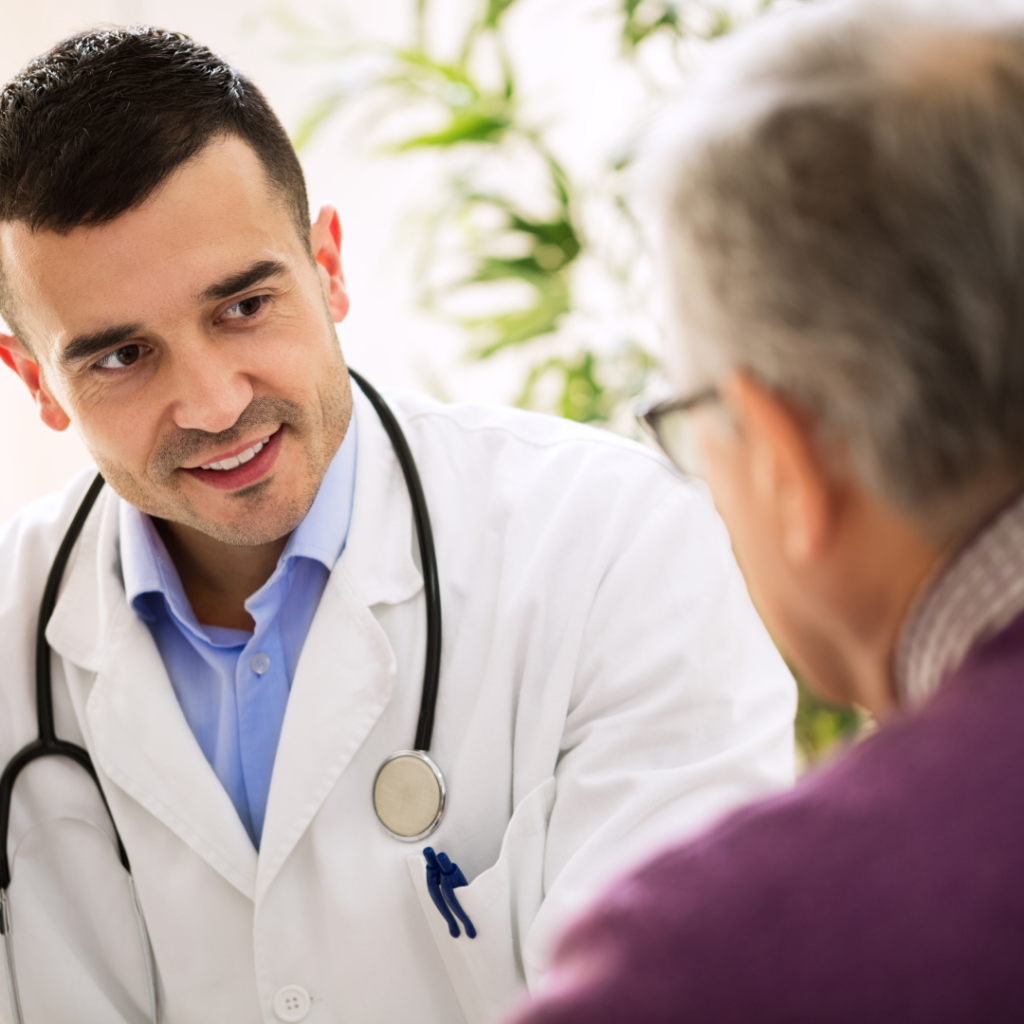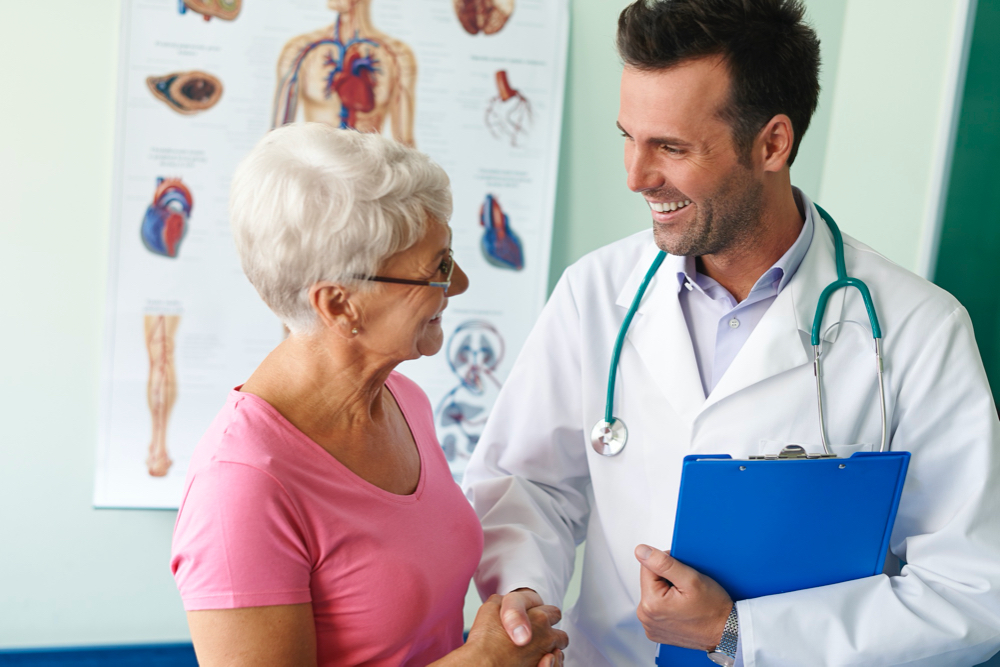- Fast results
- 4,000+ locations
- 4.8 star rating
Need Help? (888) GET LABS




Long before COVID-19, people have feared another respiratory infection. Of course, we’re dealing with tuberculosis (TB).
According to the CDC, the prevalence of infectious pulmonary tuberculosis can be traced as far as the 1700s, while its causative agent, Mycobacterium tuberculosis, has existed for about 3 million years.
With its long history and many name changes, modern medicine caught up and downgraded its fatality through proper treatment and prevention. Nevertheless, receiving the news that you have TB can still be scary and alarming.
However, with the right plan and adequate understanding of the illness, you can regain your health back in no time. So, check out the vital information you need to know about tuberculosis as you read on.
Pulmonary tuberculosis, simply known as tuberculosis (TB), is a bacterial infection affecting the lungs. It is caused by Mycobacterium tuberculosis, which can easily spread through the transmission of respiratory droplets from infected individuals. Your risk of infection increases when you’re exposed to a person with TB who coughs and sneezes nearby.
Nonetheless, TB has been observed to be less contagious than a cold or flu. But it causes substantial damage to your lungs once it’s left untreated. In addition, you could also develop other extra-pulmonary illnesses such as arthritis, liver and kidney damage, and in rare cases, heart disease. Likewise, tuberculosis will remain fatal without proper medications.
You can secure the treatment you need as long as you get tested for TB. But before that, you may want to check if the following TB symptoms are present:
On the other hand, the lack of symptoms does not entirely rule out tuberculosis. Hence, getting tested becomes imperative if you want a better assessment of the lung infection.
There’s a chance that you can harbor the bacteria causing tuberculosis without getting sick. If this is the case, you’re maybe having latent tuberculosis suppressed by your immune system.
Latent TB deems M. tuberculosis inactive, which means it doesn’t show symptoms. Likewise, it’s not contagious, allowing you to be around people without risking transmission.
However, latent TB can become active. Hence, it’s still preferable to treat it even if it’s inactive to manage the symptoms efficiently during relapse.
On the other hand, active tuberculosis is when you exhibit the symptoms of the condition limiting you from productivity and human interaction. In this case, you will need to seek medical intervention as soon as possible to prevent complications.
Simply put, latent TB is asymptomatic, while active TB shows symptoms of the infection. However, regardless of which type of pulmonary tuberculosis you have, it’s imperative to seek treatment for the bacterial infection.

There are two ways to diagnose TB: skin test and blood test.
The TB skin test or Mantoux tuberculin skin testing (TST) is a reaction test to tuberculin, a purified protein derivative taken from M. tuberculosis. Tuberculin is injected into your forearm skin. Then after 2 to 3 days, the medical technician will assess if you have any reactions such as swelling or development of bumps indicating the presence of tuberculosis bacteria.
Your doctor may ask you to retake the test if the results are questionable. On the other hand, you could take the blood test instead to verify the diagnosis quickly.
The interferon gamma release assays require blood samples to evaluate and measure your body’s immune reaction to TB antigens, which are substances that produce antibodies to fight off the bacteria. High reactivity against the antigens suggests a positive TB test.
One example of this test is the QuantiFERON-TB blood test. With this diagnostic testing, you only have to visit the lab once to get an accurate result. Likewise, it’s proven more efficient for individuals with latent TB as the immune response is evaluated on the molecular level.
You can take this TB test near you when you order from Personalabs. Everything you need to get tested is provided, including the doctor’s request. Then simply get tested in one of our 4000 plus partner patient care centers.
Once you get diagnosed with TB, you’ll have to follow a treatment plan. But aside from the prescriptions given by your doctor, you can speed up your recovery by considering the following steps:
Antibiotics often do the trick when treating tuberculosis. However, active tuberculosis could become drug-resistant.
In this case, it’s expected that your doctor may prescribe multiple medications to strengthen your therapy. These could include ethambutol, isoniazid, pyrazinamide, rifampin, capreomycin, etc. For this reason, it’s imperative never to miss your doctor’s appointment and stick to your medication.
Aside from therapeutic drugs, your immune system is your best ally in eliminating M. tuberculosis. So if you have pulmonary TB, it’s best to focus on keeping a robust immunity by improving your diet with vitamin-rich foods, getting hydrated, and avoiding unhealthy habits such as drinking alcohol.
Smoking tobacco and cigarettes already compromise the lungs. Add tuberculosis to the equation, and you’re opening yourself up to delayed recovery if not failed treatment.
Tobacco products put a strain on pulmonary functions, which are already declining due to the presence of M. tuberculosis. So with that, it only makes sense to abstain from smoking the moment you get a positive TB test.
If you have latent TB, you’ll most likely go on with your days without troubles. However, if it’s an active TB you got, you may have to stir clear from public interactions until you’re completely healed.
Although TB is not as contagious as other respiratory infections like the flu or COVID, you could still endanger individuals who have a high risk for the illness. Hence, it’s best to focus on your recovery from a separate room in your house.
If you decide to isolate, it’s crucial to pick a room with sufficient ventilation. For one, it helps you breathe better and prevents further transmission of the bacteria. A negative pressure between your room’s door and the corridor is always preferred. Also, make sure the air does not exit towards public space.
Cultivating a handwashing habit goes a long way, especially if you have tuberculosis. This is even more crucial after your sneeze or cough. By doing so, you prevent the transmission of the bacteria to other people.
Individuals with tuberculosis, especially those with tolerable mild cases, may not need to isolate strictly. They are, however, advised to take extra TB precautions. One example is keeping a safe distance from family and friends and wearing a mask if the interaction is inevitable.
TB is curable. However, a relapse can also be inevitable as M. tuberculosis only becomes latent instead of being eliminated altogether.
While you can halt the symptoms of active TB and regain your productive, healthy daily life, there is still a chance that the bacteria will become active again.
According to a study published in The New England Journal of Medicine, most patients experience TB relapse within five years of symptom suppression. The recurrence of the illness continues to be a challenge among medical researchers as more data should be uncovered to understand how the bacteria reactivates.
In some cases, the relapse is associated with insufficient or incorrect medication dosage. Still, one of the best ways you can prevent TB relapse is by strengthening your immunity.
In the US, BCG shots were never given as part of the mass immunizations since TB was not prevalent in the country. Instead, health experts focused more on treating latent TB and detecting the condition as early as possible.
The vaccine from tuberculosis is called the Bacillus Calmette-Guerin (BCG), named after its inventors.
Aside from the rarity of TB, there was also some controversy regarding the efficacy and adverse side effects of the BCG vaccine. Likewise, some people who got vaccinated with BCG experienced challenges during TB testing as the substance in the vaccine interfered with the results.
Tuberculosis has been one of those rare respiratory infections that most people take for granted until it becomes a sensible health threat.
Although you can take confidence in the available treatment for TB, the process towards healing and recovery may not be the same compared to other patients. Plus, the increasing drug resistance of the bacteria can be pretty alarming.
This is why testing for tuberculosis becomes critical. If you have been exposed to someone with TB, secure a lab test immediately, whether you show symptoms or not. By doing so, you accelerate your treatment with an accurate diagnosis.

© Copyright 2025 Personalabs. All Rights Reserved.